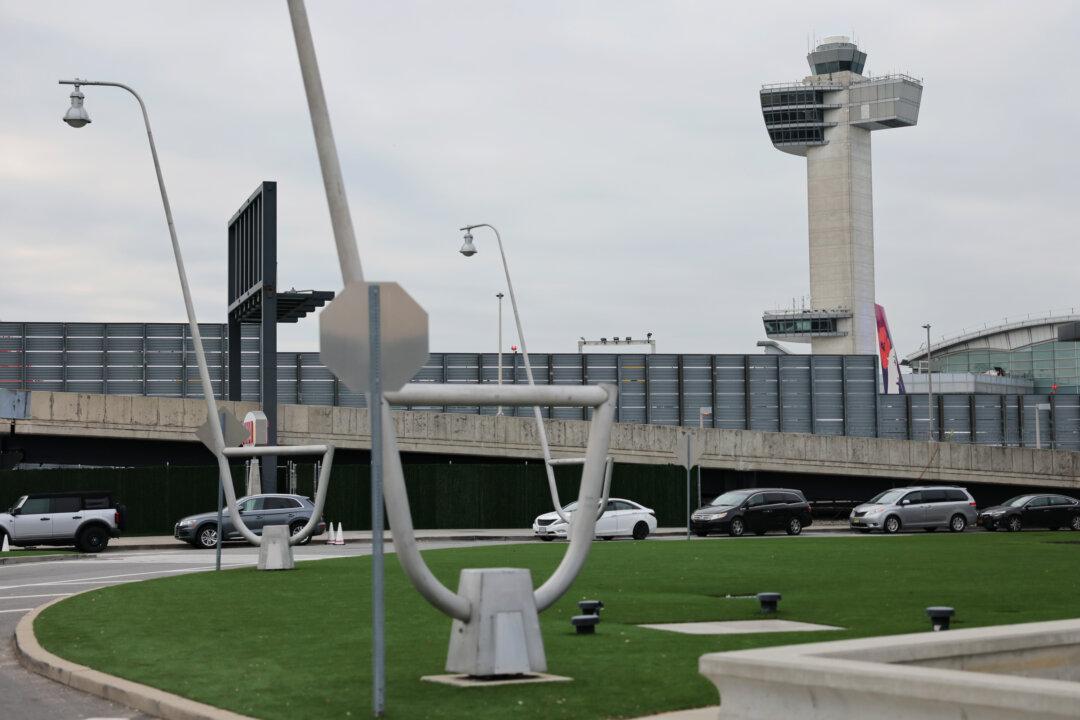The union representing the Federal Aviation Administration’s (FAA) air traffic controllers is calling on Congress to address its “flawed staffing model” after a report by the Department of Transportation’s Office of Inspector General found that staffing issues pose a potential risk to air traffic operations.
Speaking to CNN, Rich Santa, head of the National Air Traffic Controllers Association, said “the status quo is no longer sustainable” and that Congress must require the FAA to “immediately implement” new staffing standards and “conduct maximum hiring.”




